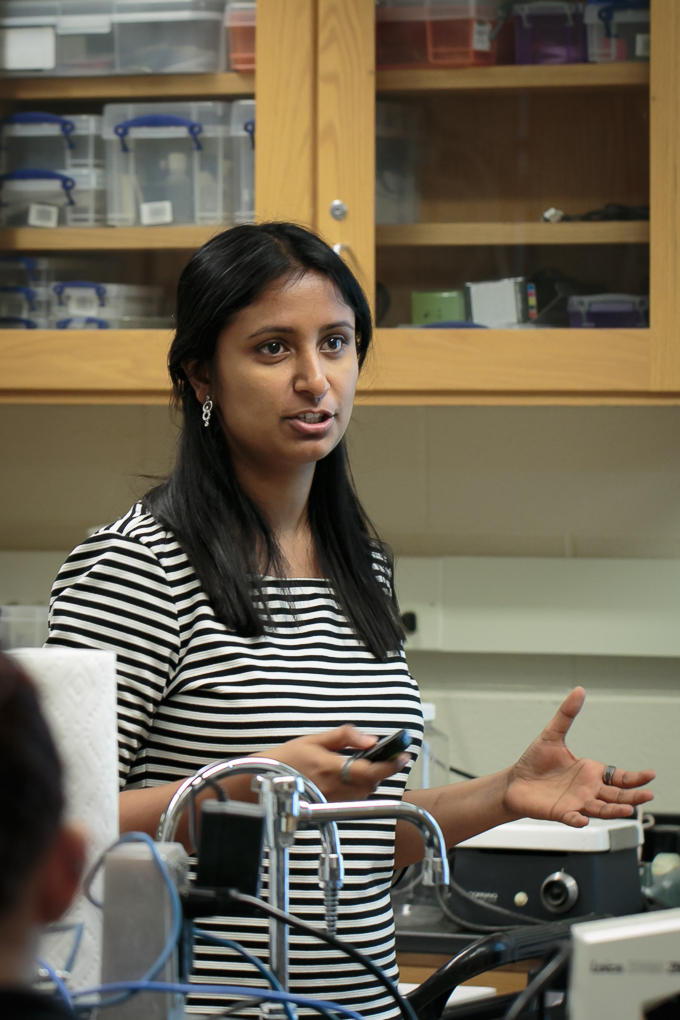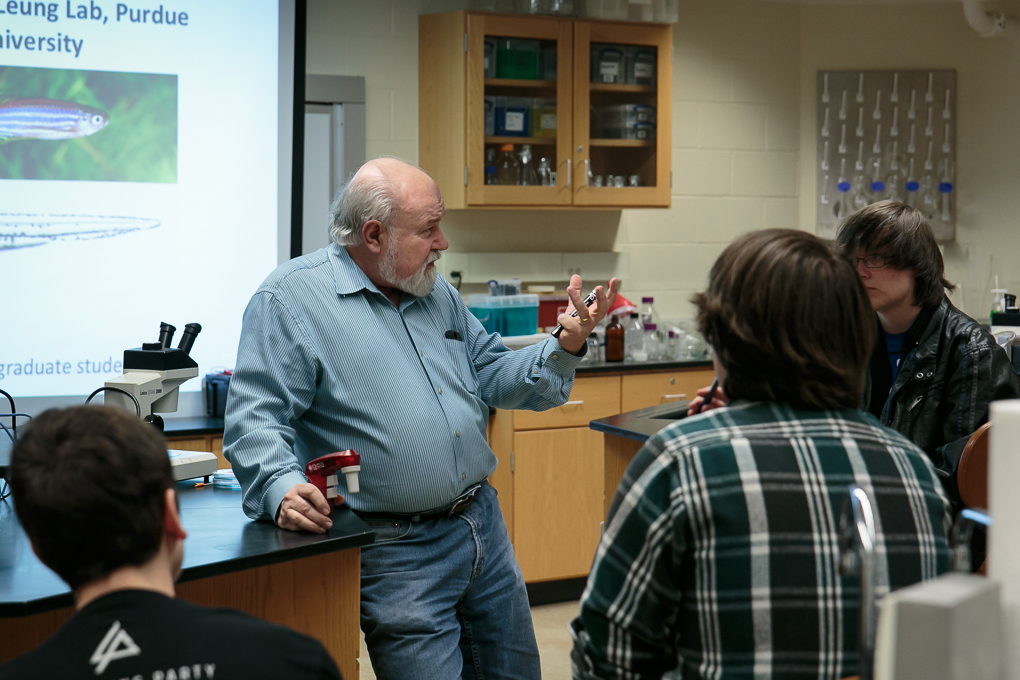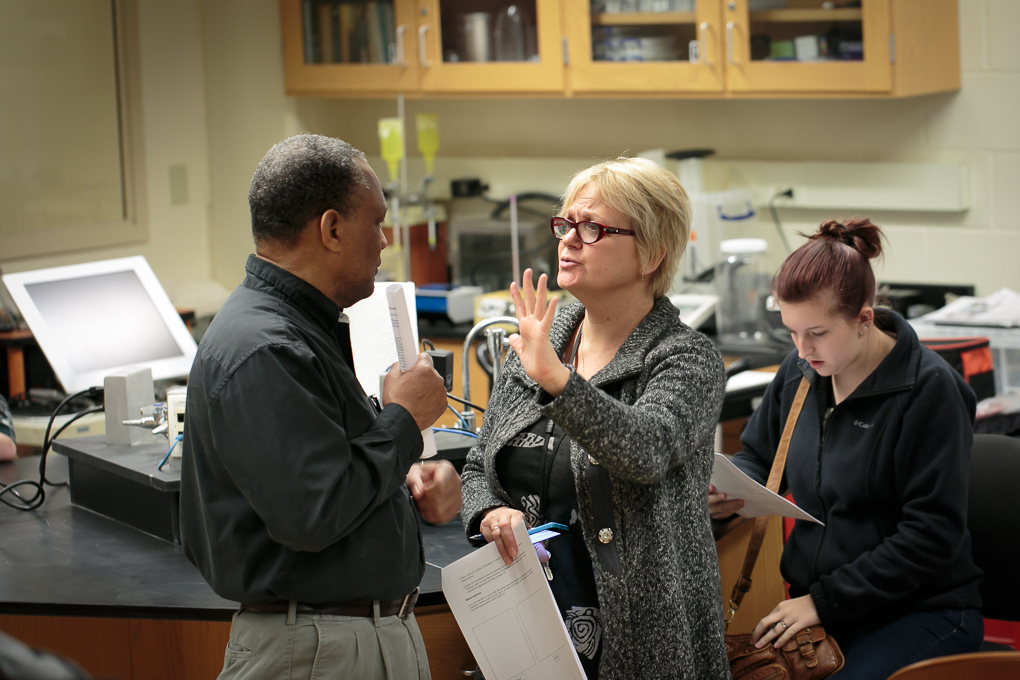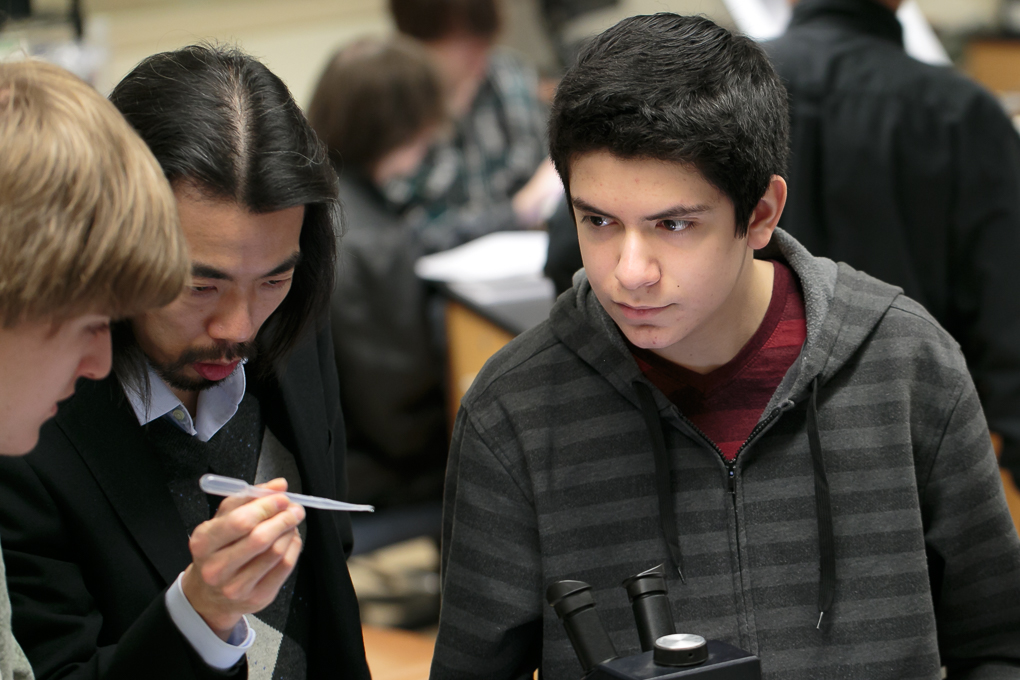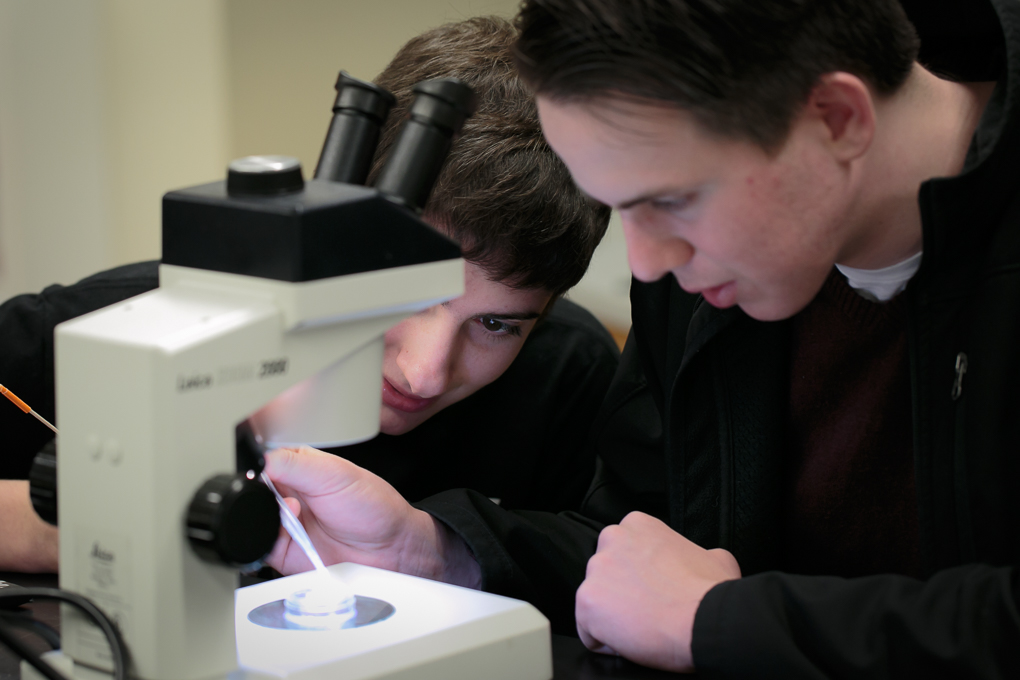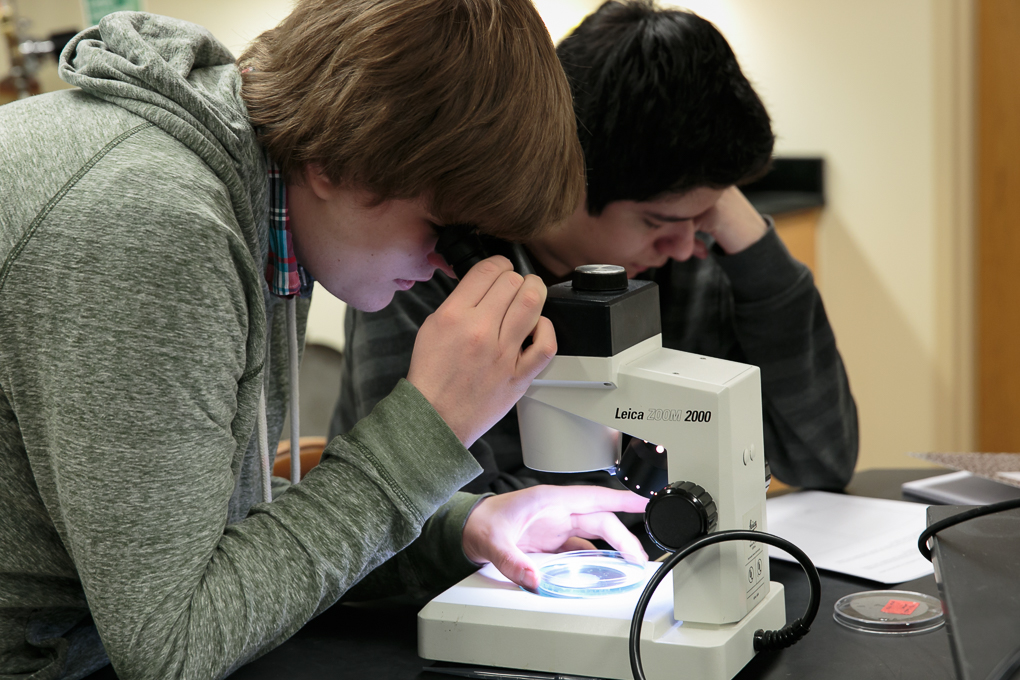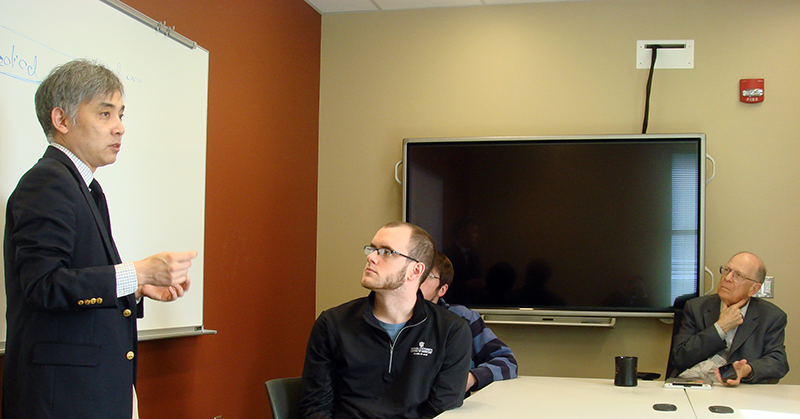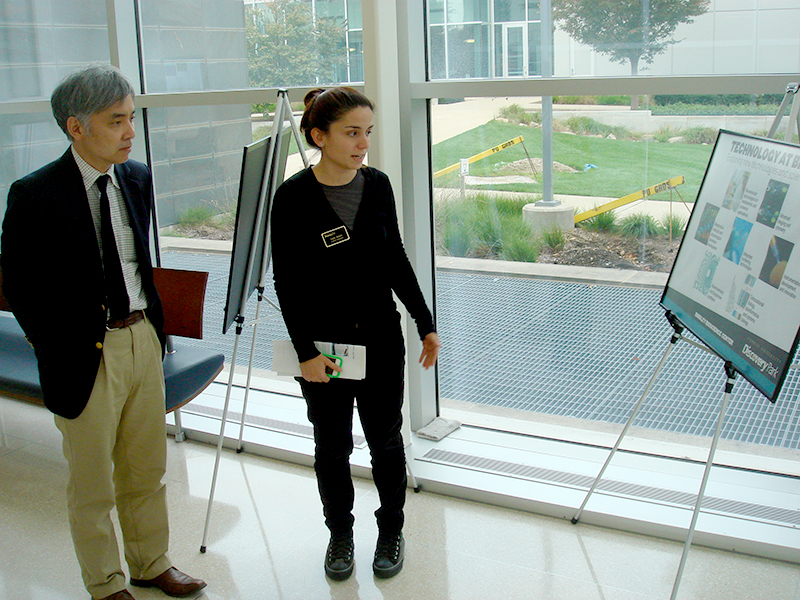The thing that ties each of the following links together is a discussion of the need to incorporate equity, affirmation, and continued learning into social, scientific, and political spheres. And to recognize that the lines between these spaces is a social construct.
This article offers an explanation of how sexism affects both the oppressed and the oppressor. While they use a binary gender system in their drawings (male vs. female), it is easy to understand how this could be applied to people in any gender system: http://imgur.com/gallery/n01WW
This article describes the work of Malala Yousafzai and Kailash Satyarthi who were recently awarded the Nobel Peace Prize for their work on expanding women’s and children’s rights in Pakistan and India, respectively. Their stories highlight how personal identities are political and politics is personal: http://www.nytimes.com/2014/10/11/world/europe/kailash-satyarthi-and-malala-yousafzai-are-awarded-nobel-peace-prize.html?_r=0
This article goes in depth about African American and AfroCarribean identities in the U.S. as part of a larger history of colonization and slavery – how has this history impacted black Americans now and how is this oppression and the struggle for mutual humanization ongoing: http://www.washingtonpost.com/opinions/ferguson-wasnt-black-rage-against-copsit-was-white-rage-against-progress/2014/08/29/3055e3f4-2d75-11e4-bb9b-997ae96fad33_story.html
This article highlights some of the queer and trans* people of color working on gender, race, and sexuality equity in the U.S. This is especially important given that the U.S. media (news, movies, t.v., radio, etc) predominately rewards and publicizes white, domestic, heterosexual, and cisgender people: http://www.autostraddle.com/22-badass-qtpoc-couples-that-make-our-hearts-flutter-253889/
Lastly, this article shows some really interesting research being done about children’s responsiveness and understanding of human emotions and interactions. It has incredible implications for understanding the impacts of trauma, domestic violence, and healthy or unhealthy relationships on children as young as 15 months old! http://www.huffingtonpost.com/2014/10/10/toddlers-angry-behave-study-video_n_5959482.html?ncid=fcbklnkushpmg00000063
Best,
Skye
